Images and Text by Chris Timothy
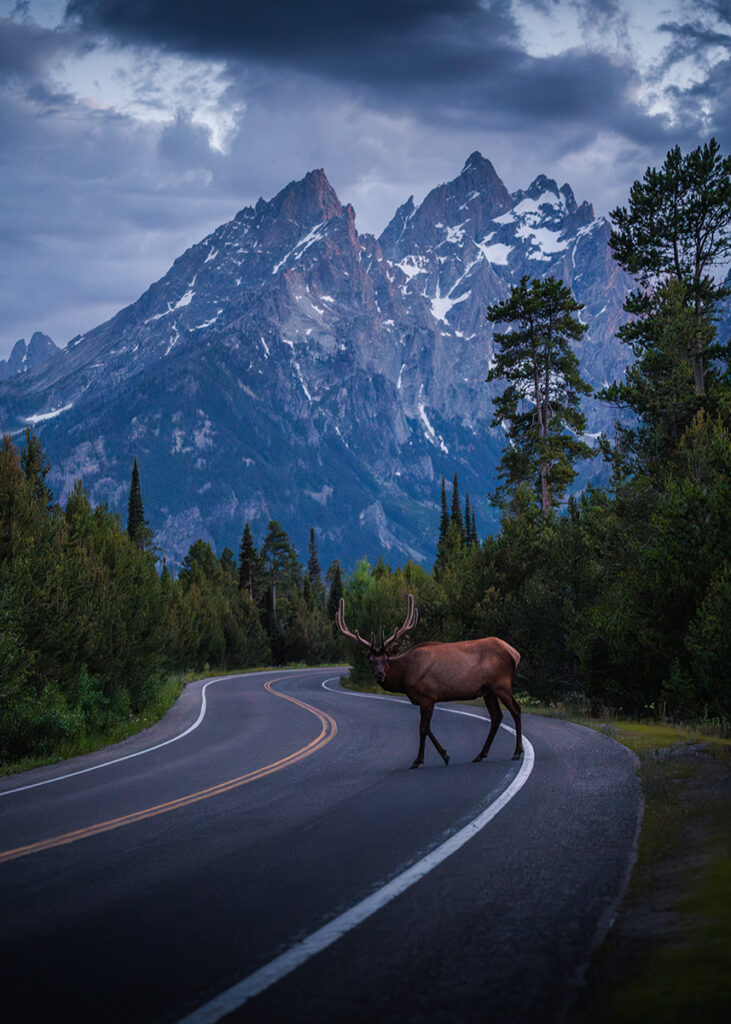
Photography has always been my passion, but my geographic studies have given it a new dimension in recent years. As a student ambassador for Tamron and member of the international league of photographers, I have the incredible opportunity to blend my love for geographic photography with my academic pursuits. This blend of art and science has improved my understanding of the world and shaped the way I approach both photography and academics.
My journey with nature photography began with a simple desire to capture the natural world around me. Over the years, this hobby evolved into a passion for capturing the interaction between light, weather, and natural formations. This fascination naturally led me to pursue a B.S. in Geography at James Madison University, where I could deepen my understanding of the very scenes I loved to photograph.
Working as a Photography/Videography Intern for JMU Marketing and Branding has given me some incredible hands-on experience in capturing conservation photography visuals for an entity other than myself. This role involves not just taking the photos but also editing and curating them for social media, which has helped me hone my technical skills and eye for detail in unfamiliar scenes.
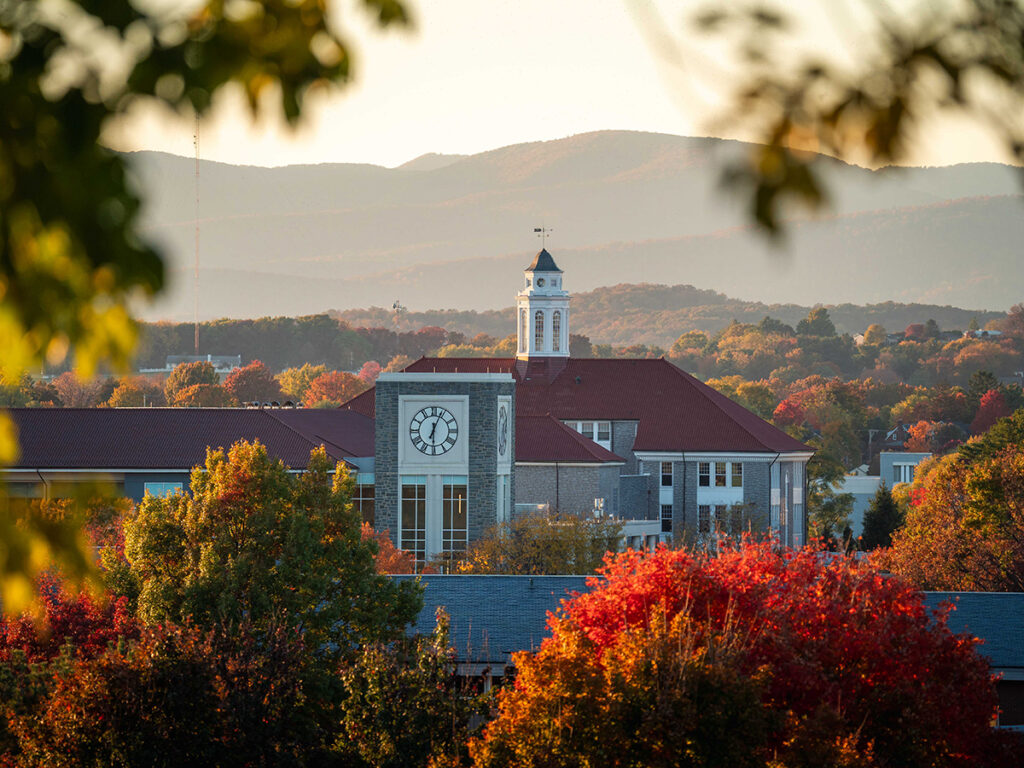
As a Writer and Feature Photographer for my department’s annual Geography magazine, the Geogazine, I combine my photographic skills with storytelling to bring to life the stories I study. My work with the Geogazine is particularly fulfilling because it allows me to present complex environmental and cultural concepts through visual storytelling. For example, when covering topics like biodiversity in the Blue Ridge Mountains, my photos illustrate and complement my written work like an inseparable pair. This blend helps bring attention to environmental issues more effectively by making geographical issues more accessible to a broader audience.
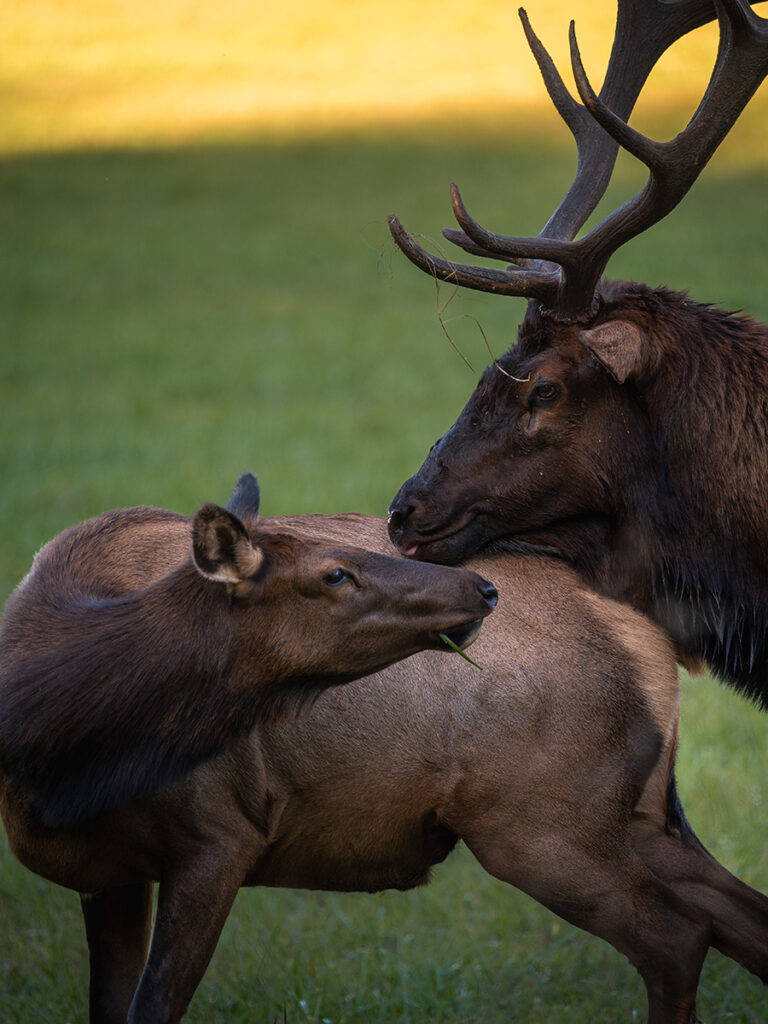
Planning a photography trip is a process that requires the careful consideration of many different factors, especially the process behind wildlife photography. When choosing a location, I start by researching its geographical and cultural significance to help me understand what I’m photographing and make it easier to anticipate the best times to capture specific features. Reaching out to photographers around the area of a location has also been very helpful.
For instance, when planning a trip to a national park, I typically look into potential seasonal changes, weather patterns, and the position of the sun at different times of the day. This information helps me decide the best times to shoot, whether it’s capturing the golden hour or the dramatic lighting of a stormy sky.
Packing the right gear is essential for any photography trip. My camera bag always includes a range of Tamron lenses, each chosen for their individual capabilities. For capturing wide scenes, I rely on the 17-28mm F/2.8 Di III RXD ultra-wide-angle zoom. When I need an all-rounder for dynamic scenes, the 28-75mm F/2.8 Di III VXD G2 is my go-to. And for those more distant details, the 150-500mm F/5-6.7 Di III VC VXD telephoto zoom gives me all the reach I need.
In my kit, each lens has a specific purpose. For example, the 17-28mm lens allows me to achieve sweeping panoramas and add depth to foreground elements, while the 28-75mm lens helps me add scale to particular subjects within a scene. The 150-500mm lens allows for extended reach when capturing distant subjects and adds scale-increasing compression. The sharpness and dynamic range on all three lenses are fantastic and have cemented them as my go-to photography kit over the past few years.
Once, while shooting in Zion National Park, I used my knowledge of physical geography to enhance my ethical photography through a more thorough understanding of the area. Material I learned from my Physical Geography-oriented classes helped me to anticipate changes in lighting and weather in the canyon, which are necessary to capture the perfect shot. Having background knowledge of the geomorphology of southwestern terrain and how it affects the flow of water also helped me find the best angles for photographing waterfalls during flash flood events.
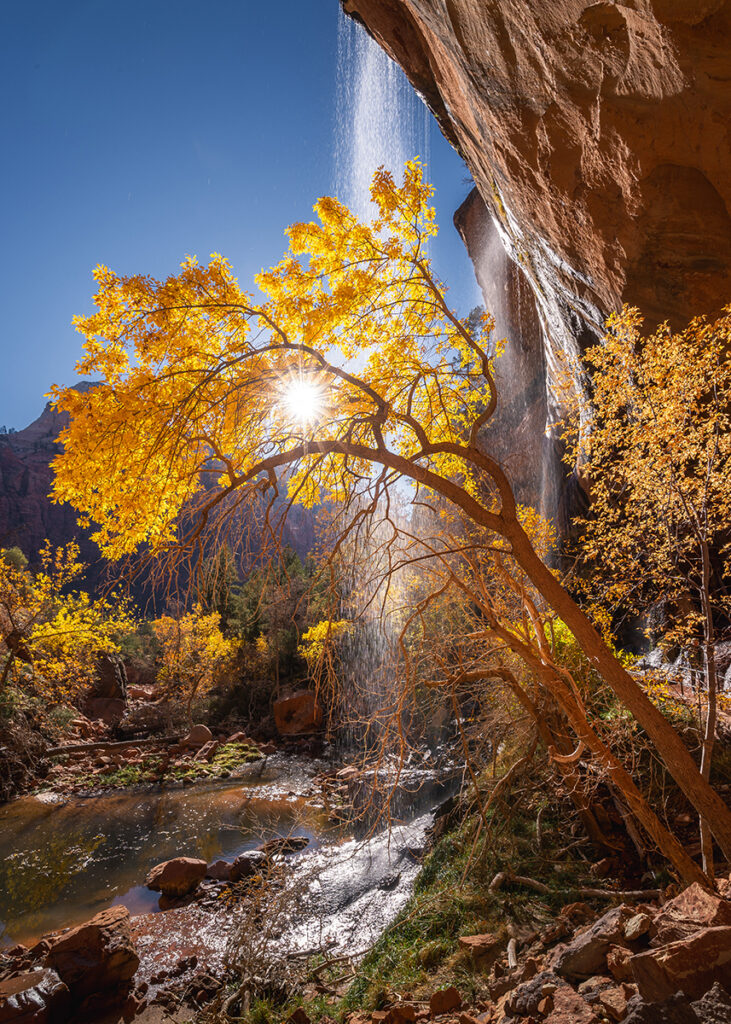
My studies in GIS are also incredibly valuable when planning my photography shoots. Using GIS tools like Photopills, Google Earth, and ArcGIS Field Maps, I can carefully map out potential locations and analyze spatial data to predict the best spots for capturing distinctive images. This blend of technology and artistry allows me to tell a well-thought-out story and capture spontaneous on-the-go moments. While these tools are accessible to anyone, it can take a deeper understanding of why and how geographical elements affect landscapes to create truly one-of-a-kind photography. Straddling the line between my own artistic vision and scientific intuition is a unique experience that my studies have allowed me to achieve.
A memorable trip in recent memory was my summer semester studying abroad in Malta. The journey involved traveling to every corner of the island and neighboring Gozo for sightseeing and project work purposes, and capturing the essence of the region was both challenging and rewarding. The images I captured there, such as the full moon rising over St. Paul’s Pro-Cathedral, the first light on Blue Grotto’s famous arch, and a dramatic sunset from the island’s highest point, Dingli Cliffs, encompassed the unique beauty and variation of the island. Through these images, I can tell a story of the diversity in landscapes and biodiversity that can influence even the smallest and most isolated environments. A good example of this “islandness” is the Maltese Pyramidal Orchid, which only exists naturally in Malta as an endangered species, a few of which I found growing in descent down an isolated canyon. Even in the most monotonous-seeming places like Malta, there is always the possibility to discover incredible heterogeneity.
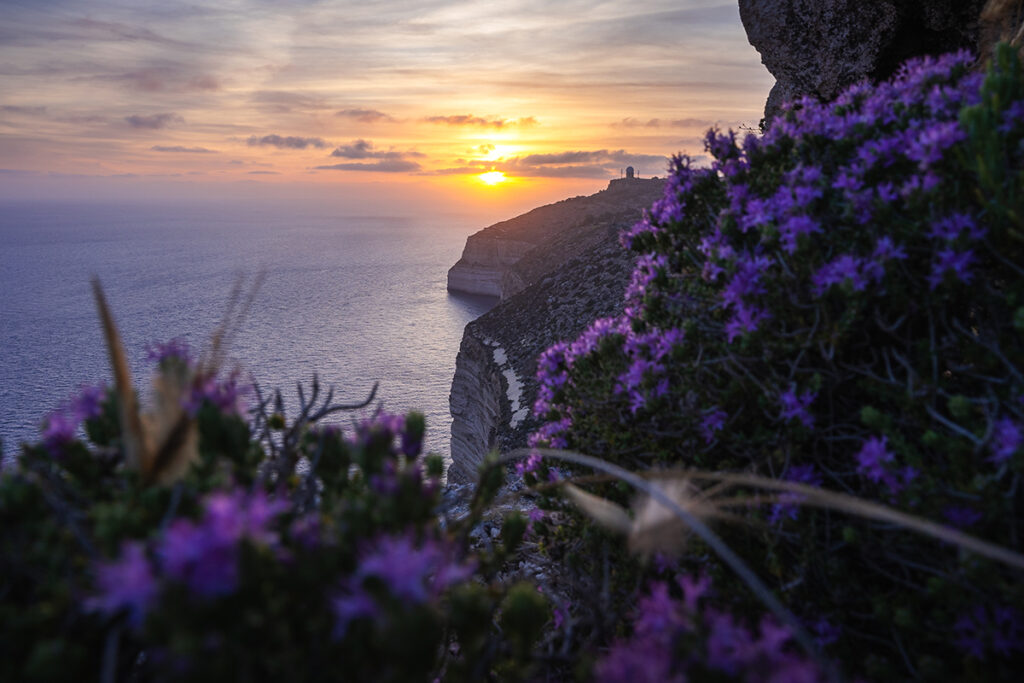
Another meaningful field experience was a three-week road trip to national parks along the American and Canadian Rockies, which I took last summer with some fellow photographer friends from college. Here, I faced many challenges, such as losing my camera in Rocky Mountain National Park, destroying my phone (used for planning shots) in Yellowstone National Park, and precariously scaling a rockslide zone in Banff National Park with all of my gear. However, I managed to overcome these and many other challenges by using my skills learned from both field experiences and my studies to locate my camera, plan photos using astronomical locations, and maneuver across the cliffside to great success. The resulting photos from these challenges, such as navigating an active wildlife in British Columbia and a spontaneous encounter photographing wildlife like a Cinnamon Black Bear were well worth the resilience and wouldn’t have been possible without my accrued experience with Tamron’s lenses.
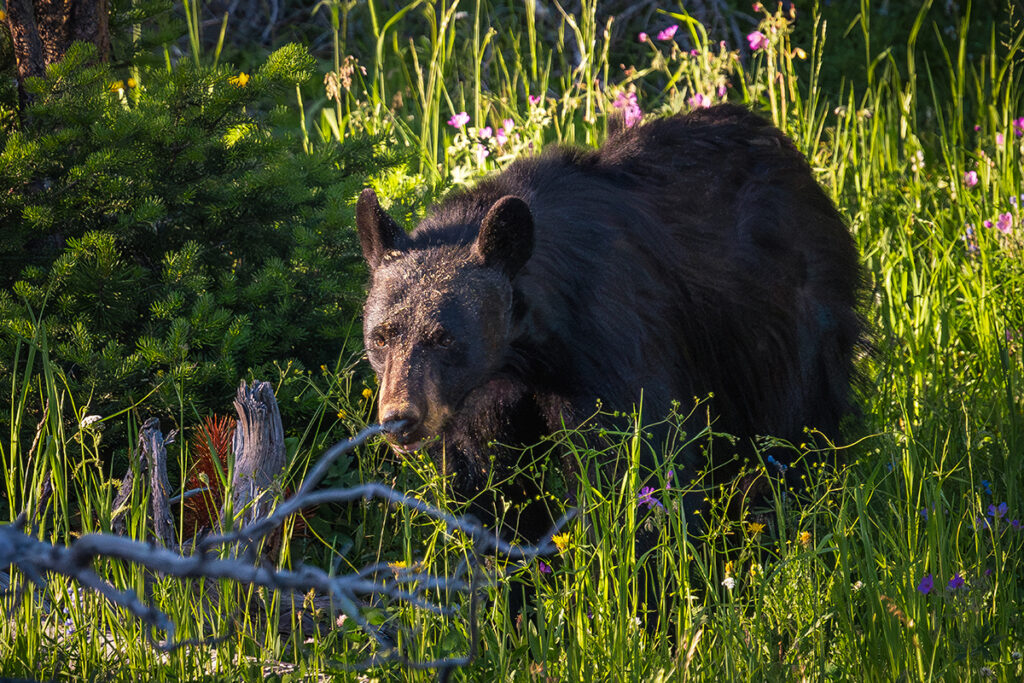
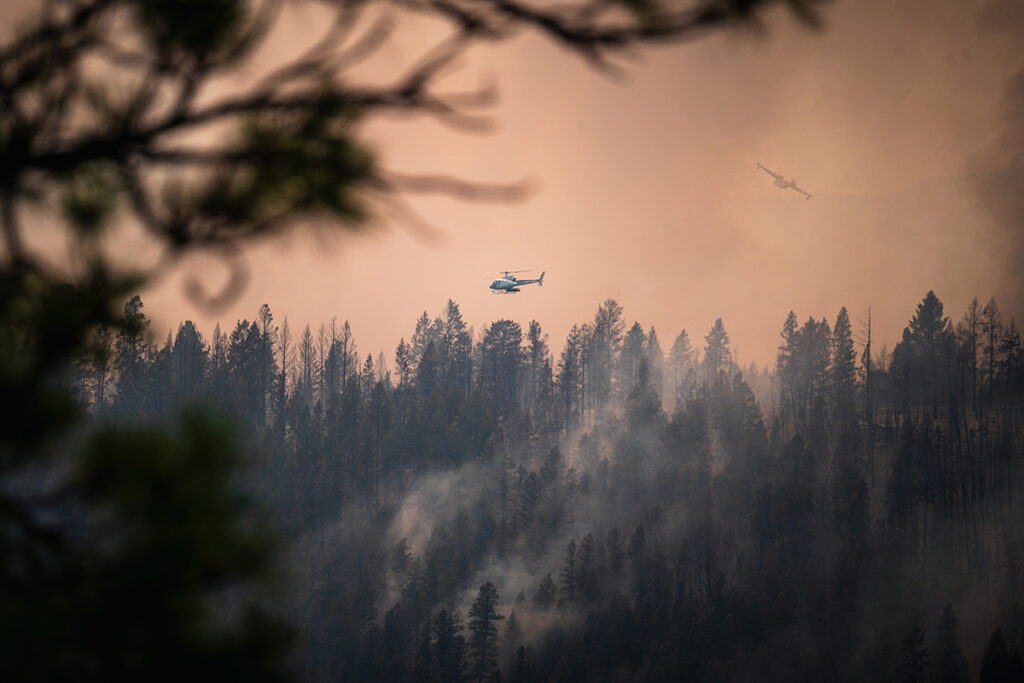
Photography has played a major role in conservation efforts in the 20th and 21st centuries. Through my lens, I aim to assist in these by focusing on the beauty and fragility of our natural world to raise awareness of modern environmental issues. The Nature Conservancy’s Virginia chapter has used my photos to illustrate the impact of concerted environmental conservation efforts, which have allowed populations to rebound significantly in recent years.
In particular, my work with TNC at the VCU Rice Rivers Center has showcased the impacts of stream restoration sites that are incredibly valuable habitats for Bald Eagles, Osprey, and birds of prey once endangered by the chemical DDT. It is estimated that one-third of all dammed rivers in the U.S. can be restored to their natural flow state without affecting flood control or water storage efforts. This experience has reinforced to me the importance of visual storytelling in bringing audience members into these conservation efforts and helping them understand the worthiness of investment in unfamiliar projects.
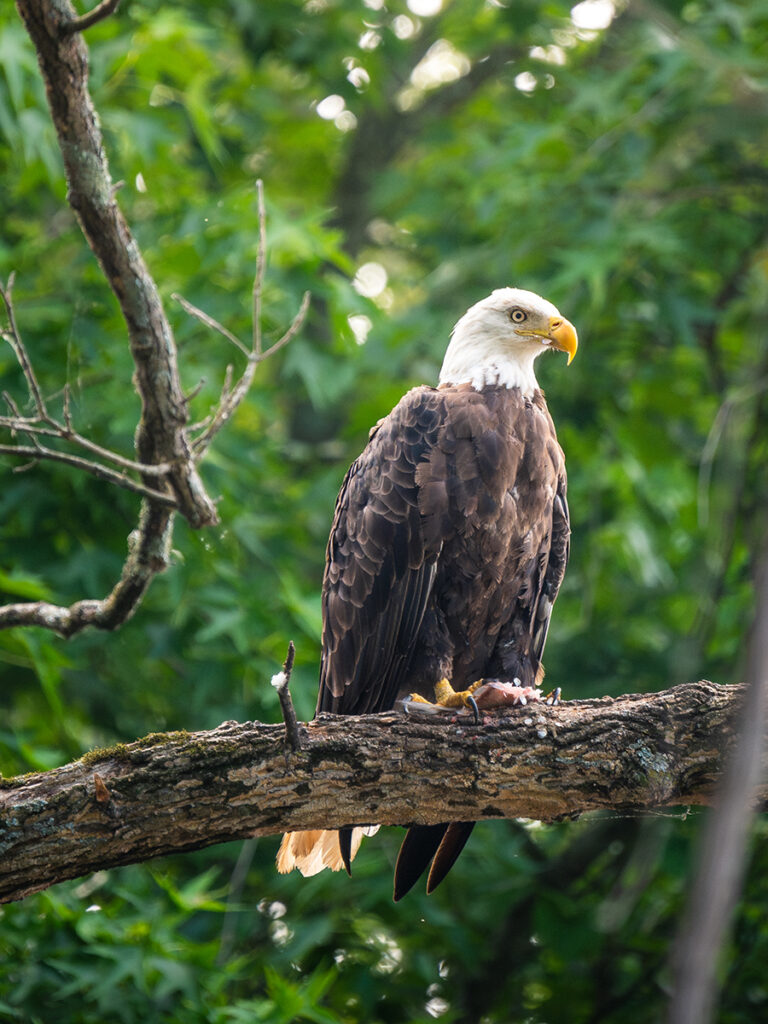
Looking back, my experiences as a photographer have strongly motivated me in my academic journey. The discipline and creativity required to create quality photography in the league of conservation photographers have been translated into my studies by helping me approach geographical problems with a unique perspective. Conversely, my education in Geography has complimented my photography and given me a deeper understanding of our globalized world and its interactions.
As a student ambassador for Tamron, I’m excited to continue exploring this intersection of photography and geography, and I aspire to inspire others to see the world through both a scientific and artistic lens by appreciating the beauty and complexity within every scene. With the world shifting so rapidly from human influence, I hope to see my passion for conservation continue to spread through my work as my experiences in nature continue to advance.
In the future, I hope to lead photography workshops in naturally flourishing landscapes around the world to share my knowledge and passion with others. My goal is to inspire a new generation of photographers who understand and appreciate the connection between our lived environment and the art of photography. Whether through the lens of a camera or the lens of a satellite, there’s always something new to discover. As I continue my journey, I’m excited to see where this blend of art and science will take me next.
About Chris Timothy:
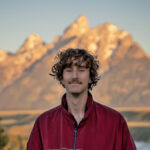
Christopher Timothy is a landscape photographer, conservationist, and compulsive traveler from Northern Virginia. His passion for capturing symmetry and clean compositions in nature has led him across the U.S., chasing light and weather. Having spent a year studying in southern Utah, Christopher traveled to 34 different national parks, documenting a variety of seasonal shifts around the country. He currently attends James Madison University, where he studies Geographic Science with a focus on Applied GIS and Environmental Conservation. Christopher’s future goal is to lead photography workshops in unique locations around the world, combining his love for art and environmental stewardship.
